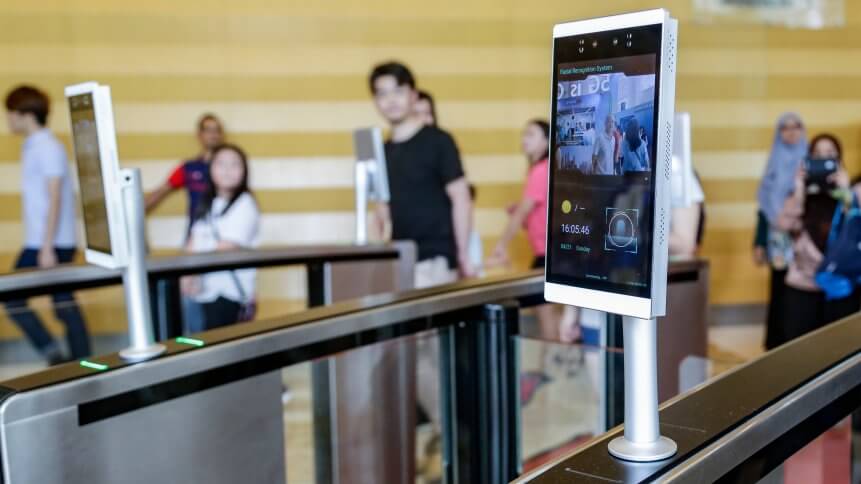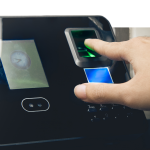Are ‘raw’ biometrics the next stage for payment technology?

Relying on human characteristics that are unique to an individual– such as voice, fingerprints and facial recognition– biometrics technology is becoming a commonplace and increasingly accepted security measure, from access to an office, or to unlock our smartphones.
While the technology is not completely failsafe, its integrity is high and it’s convenient for its users– with Face ID, for example, customers only have to glance at their device for access.
As all things finance begin to follow the path of personalized convenience, we could begin to see an increasing overlap between biometrics and payments. Indeed, Juniper Research predicts mobile biometrics will authenticate US$2 trillion worth of in-store and remote mobile payment transactions annually by 2023.
Non-contact payment evolved from credit cards adopting a ‘touch and go’ payment method. Digital wallets marked the next stage, while NFC-enabled payments services built into devices brought biometrics and payments together into mainstream usage. With Apple Pay, for instance, users can use fingerprints or their faces to authenticate their payments.
As more retail outlets are embracing contactless payment models, Apple and Google Pay are demonstrating how popular this combination can be in enhancing user experience. This has opened the door for further innovation. Amazon is now exploring how it can link customer payment details to their hands, cutting out the ‘middleman’ and taking biometric-based payments to a new level.
The firm is looking into technology that would allow people to pay with their palm, eliminating the need to carry cash, cards, or even a smartphone, to make payments. It would launch this technology– which would work on palm vein recognition– in its offline grocery branch Whole Foods, according to Wall Street Journal, but also plans pitch it to coffee shops, fast food joints and other places where speed and convenience can pay off.
Of course, while sharing facial recognition with our smartphones is one thing, sharing biometric data with a firm like Amazon, presents a new set of privacy risks.
YOU MIGHT LIKE

Biometric security protection shows its flaws
“We need to remember that we can change our credentials, for example, a passport, but once your biometric data is leaked, we can’t modify it,” Tomasz Kurczyk, Chief Transformation and Digital Officer at AXA Insurance in Singapore, told Raconteur.
Previous data breaches from technology companies may drive a wedge between consumers and payment service providers that are embracing the biometric technology wave.
A survey by OnBuy reported that only a third of British people are comfortable with using facial recognition payment. On the other hand, more than half (65 percent) feel more explanation and education behind the technology is needed before feeling confident to engage with the new payment method.
Therefore, securing biometric data needs to be prioritized for continued adoption and innovation in biometrics and payment technology. Encryption, tokenization, and close monitoring of these sensitive data are essential to win consumers over.
There is no slowing down in the rising interest of biometric technology as more technology of this kind is rolling out and soon available to the masses and, as we tend to see in these sorts of cases, convenience tends to win over consumer concerns surrounding privacy.
Presently, India is adopting biometrics for payment as the country has more than one billion consumers who registered their digital identity in the government. The fingerprint and iris recognition of citizens are stored and used for the collection of social welfare payments.
While there are hurdles in regulation and consumer trust to overcome, it may not be long before we’re leaving our smartphones and wallets at home when we dash for the store.









